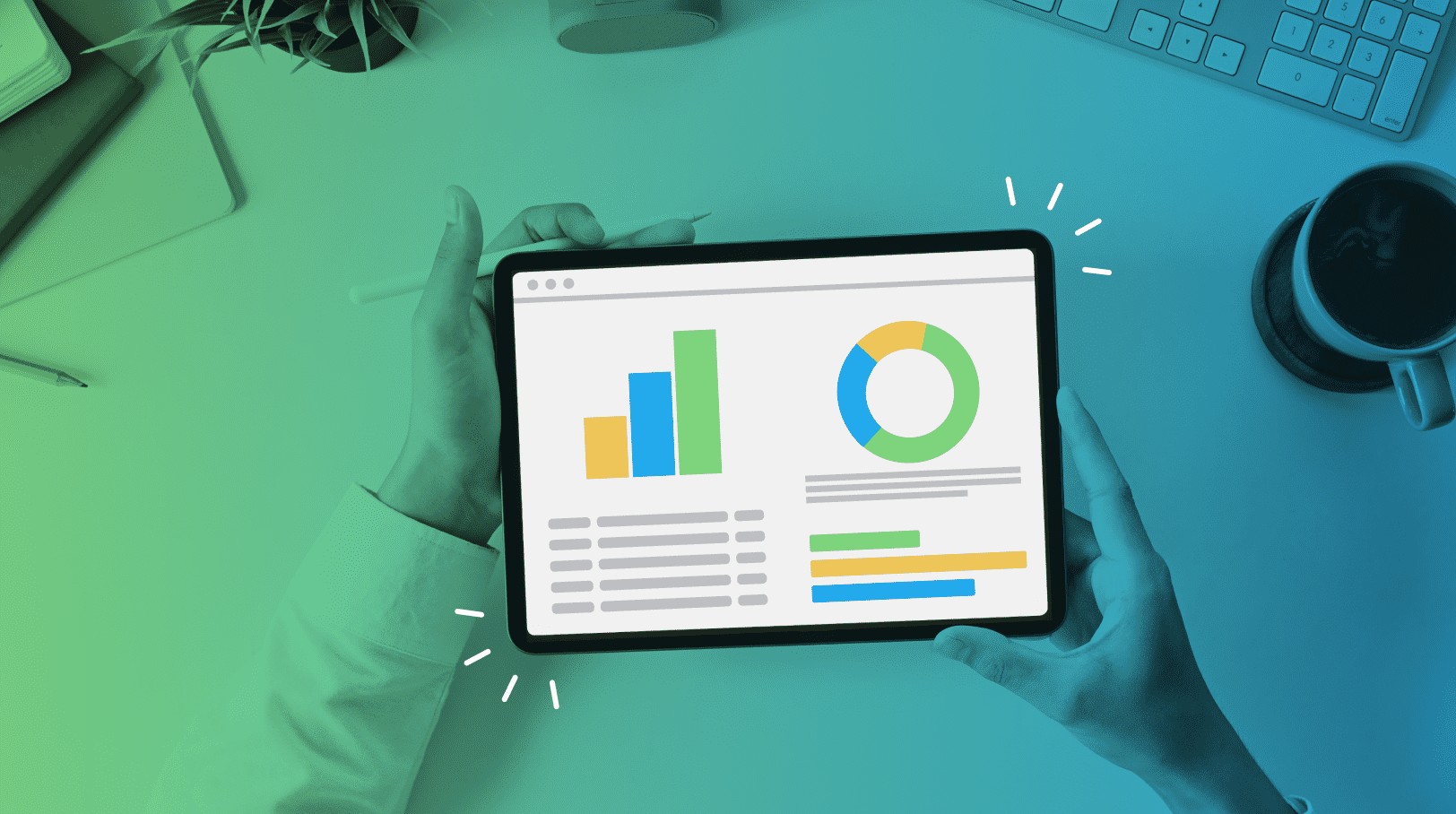What Are Composite Applications? Use Cases, Benefits & More

Every organization faces challenges. But with the advent of big data, IoT, and new applications, there are more complexities than ever.
Collaboration and information sharing become more complex when employees can’t operate through a single data source and must log in and out of various legacy systems and tools. Those difficulties can trickle down to the user experience, impacting customers.
Low-code can help connect complex tools and data sources through composite application development. Organizations can connect data across systems using composite applications, which ensure data integrity and improve user experience.
What are composite applications?
Composite applications are created by combining independent programs, data, and devices. The purpose is to deliver a new solution that was otherwise impossible for independent services to execute.
New technology, apps, and IoT allow organizations to manage an incredible amount of information. However, this also creates an ever-increasing number of data sources. Access to a variety of data is great. But when each data set exists in a separate location and is governed by its own rules, the volume can be overwhelming.
When information is difficult to access:
- It’s harder to make decisions
- Collaboration decreases
- Simple processes become more complex through layers of additional workflows
Cutting through the noise is at the core of the definition of composite application architecture. It allows organizations to make applications that pull in functions from various existing tools to create a new solution.
The new application can reduce the need to log in and out of other apps and systems, which helps:
- Streamline workflows
- Improve productivity
- Reduce data silos that can harm collaboration
Having one central connected application can improve user experience as well.
Use cases for composite apps
There are many ways to incorporate composite applications into B2B brands, including:
- Dashboards. Creating better client dashboards that pull data from multiple sources of information into one streamlined and easy-to-read view.
- Process. Allowing employees to track different parts from suppliers, monitor equipment, and place new digital work orders from one centralized hub without needing to log in and out.
- Access. Giving customer support teams access to tickets and complaints and the status of each so that they have the information they need to resolve issues quickly.
Composite application development stands out because it allows you to continuously close open loops that can negatively affect customer engagement and productive workflows.
Benefits of composite apps
Today’s B2B organizations must succeed on multiple levels simultaneously and have to develop several different skill sets, such as:
- Capturing and analyzing data on the fly
- Pivoting quickly to capitalize on innovation
- Streamlining and digitizing workflows for remote teams worldwide
In addition, B2B organizations must excel in these areas while providing more customer personalization. According to Deloitte, B2B buyers are 34 percent more likely to buy and 32 percent more likely to renew a contract with an organization focusing on personalization and customer experience.
Managing data is an essential part of staying competitive. A study from McKinsey found that 86 percent of B2B brands thought they could be better at managing data, and 72 percent said managing data is a top challenge.
In addition, survey respondents cited structural data challenges, such as data being “locked” in existing systems, as a root cause of those problems.<
Low-code empowers organizations to build composite architecture and application frameworks. With composite apps, users have optimized access to their existing tools with “unlocked” essential data, which previously may have been hidden or hard to access.
Composite apps also don’t require new legacy systems, expensive IT upgrades, integrations, or months of planning. Additionally, they help to encourage collaboration, removing harmful data silos that can affect everything from idea generation to sales.
Drawbacks of composite apps
Of course, composite applications aren’t a cure-all. Before employing a composite app, consider the potential disadvantages.
One issue with creating an application that leverages data from other sources is the potential for a domino effect if a third-party tool or system goes down. Because your app relies on data from other systems, you may not be able to use the composite app effectively if some other system doesn’t work.
Also, there may be constraints in building an app to do what you want, defined by the systems and tools you’ve connected. You may only be able to create something pretty good rather than perfect.
Despite the potential drawbacks, composite apps can make all the difference for organizations that want to stay on the cutting edge, connect with customers, and improve processes. And with low-code development, companies can deploy applications faster while saving valuable time and resources.